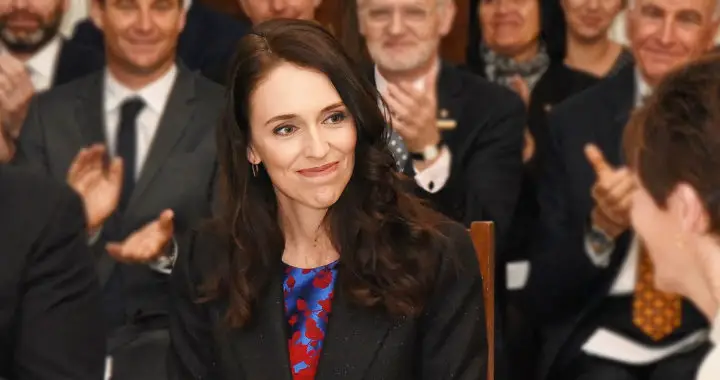Jacinda Ardern began her first term as the Prime Minister of New Zealand in 2017 after her Labour Party formed a coalition with New Zealand First and the Green Party provided its confidence and supply. She began her second term in 2020 after leading her party to a landslide victory. She was poised to press on for a second term in 2023.
However, on 19 January 2023 at a Labour Party summer caucus retreat, she announced her resignation as Labour leader and Prime Minister, effective on February 7. She also mentioned that she would depart the Parliament by the 2023 General Election. The announcement came as a surprise to some. Others had anticipated her resignation.
Competing Views as Regards the Resignation of Jacinda Ardern as Prime Minister of New Zealand
Personal Reason
Ardern explained that she had “no more in the tank” to continue her leading her country as its prime minister and she would no longer seek re-election in the October 2023 polls.
“The decision was my own,” she added. “Leading a country is the most privileged job anyone could ever have, but also the most challenging. You cannot and should not do the job unless you have a full tank, plus a bit in reserve for those unplanned and unexpected challenges.”
Her rise to the political sphere of New Zealand was nothing but meteoric. She was one of the youngest leaders in the world and the media attributed her appeal as a main factor that enabled her country to receive global attention and media influence.
The celebrated prime minister has also been regarded as a progressive leader who stood in stark contrast to the likes of Donald Trump and Vladimir Putin.
But her government was confronted with challenges. Ardern faced several crises that included the terror attack in Christchurch in 2019 and the COVID-19 pandemic that locked down the entire country from foreigners for almost two years since 2020.
She rose to all occasions. Her response to the terror attack included gun law reforms and a public declaration of solidarity with the Muslim community. The COVID-19 response of her government remains one of the best in the world.
In explaining further her decision to resign as prime minister, Ardern said, “We give all that we can for as long as we can, and then it’s time. And for me, it’s time.”
Other Viewpoints
Understanding why Jacinda Ardern resigned as prime minister would be difficult for a lot of people. She was expected to press on for a third term.
However, for some observers, her decision was forthcoming. Her tenure grappled with the need to sustain her popularity. For example, even after a year she became prime minister, her government was criticized for failing to deliver on promised changes.
Remember that she still performed well in the face of numerous crises. Her actions enabled her to earn admiration and support from the public. However, from a more general perspective, the fact remains that her government has plummeted in the polls.
Observers believe that the reason Arden decided to resign as prime minister and backed out from the upcoming poll was to reignite the public perception toward the Labour Party.
Some have noted that she was already exhausted from all the challenges her government had faced in the last five-and-a-half years. Note that she was just 37 when she became prime minister, and she was the first leader in 30 years to give birth while in office.
Burnout seems to be real. Ardern announcement was clear that she “ran out of juice in the tank.” She noted that she was looking forward to spending more time with her daughter Neve while telling her longtime partner Clarke Gayford that it was time they tie the knot.
The current issues of her country and the upcoming polls would be tough on her. She had been dealing with threats against her life and character attacks. Photo credit: CC 4.0/Governor-General of New Zealand/Adapted

